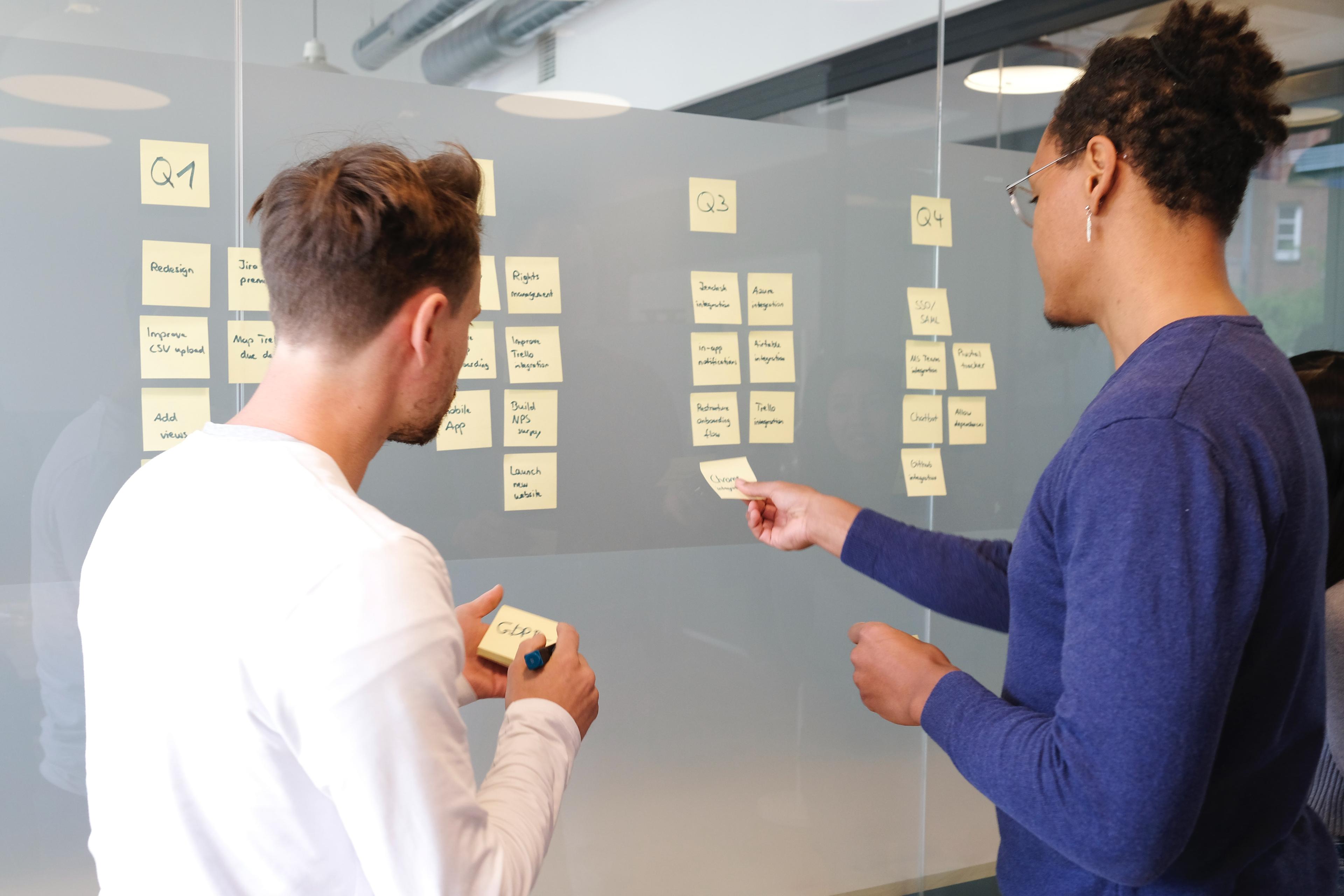
Agile vs Waterfall: which methodology is best for your project
Unlock the debate: Which project management approach will drive results for your business? Get the facts to make a smart choice.
When it comes to software development, choosing a suitable methodology is crucial for the success of your project. Two of the most popular methodologies are Agile and Waterfall, and each has its own set of advantages and disadvantages. Understanding the differences between the two can help you make an informed decision about which methodology is best for your project.
Waterfall Methodology
Waterfall is a traditional, linear methodology that is often used for projects with strict compliance requirements or regulations. This methodology involves a sequential process where each project phase must be completed before moving on to the next. The development process follows a linear progression from conception to delivery. Waterfall is best suited for projects where the requirements are well-defined, and the scope is clear. Examples of projects that may be well-suited for Waterfall include medical hardware development, military equipment development, aerospace and aviation, and nuclear power plants. These projects require strict compliance with regulations and standards, and Waterfall methodology allows for a transparent and predictable outcome.
Limitations of Waterfall
However, the Waterfall methodology also has some limitations. It can be challenging to change requirements once the project has begun. Additionally, because each phase of the project must be completed one by one, the final product may not meet the client's changing needs. This can be costly and time-consuming and, in some cases, may not be feasible at all.
Agile Methodology
Conversely, Agile is a more flexible, iterative methodology that is often used for smaller, less-defined projects. It involves a series of short development cycles (or sprints) where the team works to deliver a functional product increment. Agile is an iterative and adaptive process that allows for changing requirements and more frequent check-ins and feedback. This methodology allows the team to quickly adapt to changes and deliver a product that meets the client's needs.
Client Perspective
From the client's perspective, working with a Waterfall methodology means that all requirements must be clearly defined and understood before the project begins. This can result in a more predictable outcome, but it also means that any changes to requirements must be made before the project starts. Any changes in the project scope after the project start will require the project planning work to be done again, which can be costly and time-consuming.
On the other hand, working with an Agile methodology allows for more flexibility and adaptability. The client can expect to have frequent check-ins and iterations, which means that the team can quickly adapt to changes and deliver a product that meets the client's needs. Additionally, Agile methodology allows for more frequent feedback, which means that any issues can be identified and resolved quickly.
Our Approach at VP Software
At VP Software, we prefer to work in Agile as it allows for more flexibility and adaptability. However, we also have experience with Waterfall methodology and can adapt to the specific needs of the project and the client. We understand the importance of measuring success, and we work closely with our clients to identify the key performance indicators that are most relevant to their specific projects and goals. We use these KPIs to track progress, identify areas for improvement, and make data-driven decisions. Our team of experienced software developers, project managers, and consultants work together to provide our clients with the necessary tools and support to achieve their goals and succeed. Additionally, we provide our clients with detailed reports and insights, so they can understand the impact of their investment and make informed decisions.
Hybrid Approach
It's important to note that Agile and Waterfall are not mutually exclusive methodologies and can be used together in a hybrid approach. In some cases, it may make sense to use Waterfall for certain phases of a project, such as planning and design, and Agile for the development and implementation phases. This approach can be especially useful for projects with strict compliance or regulatory requirements, where a clear and predictable outcome is needed, but with the ability to adapt and make changes as needed.
Conclusion
In conclusion, the choice between Agile and Waterfall methodologies depends on your project's specific needs and requirements. While Waterfall is best suited for projects with strict compliance or regulatory requirements, Agile is more flexible and adaptable, allowing for a more iterative and responsive process. At VP Software, we understand the importance of using a proper methodology for each project. We work closely with our clients to understand their unique needs and tailor our approach to best fit their project goals. We help our clients succeed and achieve their desired outcomes by utilizing the most suitable methodology.